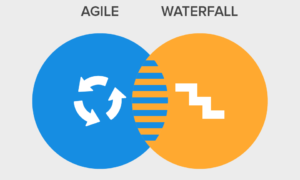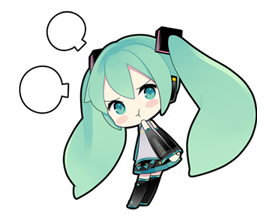concepts as mental representations of classes objects or events. They determine how things are related or categorized.
concepts: improve cognitive economy, help us make useful predictions and generalizations, communicate.
cognitive economy: prototype theory,
classical theory, pros: intuitive, economical, definitions are easy to communicate, easy to check category membership against definition. cons: hard to find satisfactory definitions, borderline/debatable cases, typicality effects.
category membership isn’t always clear cut, not just that people have different clear-cut categories: There is within-subjects inconsistency.
Typicality effect: the classical theory predicts that typical and atypical category. it take longer for some gray concept or objects.
similarity and resemblance,
prototype theory: categories are organized around a category prototype. averages. summary representation. category membership is similarity-based. categories under prototype view is “fuzzy”, with no clear cut distinction, and organized around typical properties or correlated attributes. regression model is an example.
alternative theory exemplar theory: A category is represented by list previously encountered exemplars new exemplars are compared to known exemplars – most similar item will influence classification the most. k-nn classifier is an example.
prototype treat category membership as classification of objects, exemplar treat category membership as a property to objects.
problem for similarity in general: Options can change the implicit similarity function, but Generalization does not depend on general-purpose similarity, typicality isn’t just a matter of (simple) similarity, Compositionality: Similarity-based approaches don’t give a good account of how categories should compose.
Theory-based view: theory theories: not only based on similarity, but also based on explanatory relationships. history. we learn categories faster when we understand wht the features go together.
relationship between categories: hierarchical structure
3 level model: the computation level, the algorithm level, the implementation level.
rational analysis: goals environment limitations optimization. Goals: prediction adn generalization, communication
optimization: local MAP (“maximum a posteriori”), pick the highest-probability inference. particle filters, guess how things should grouped. particle filter works very well.









